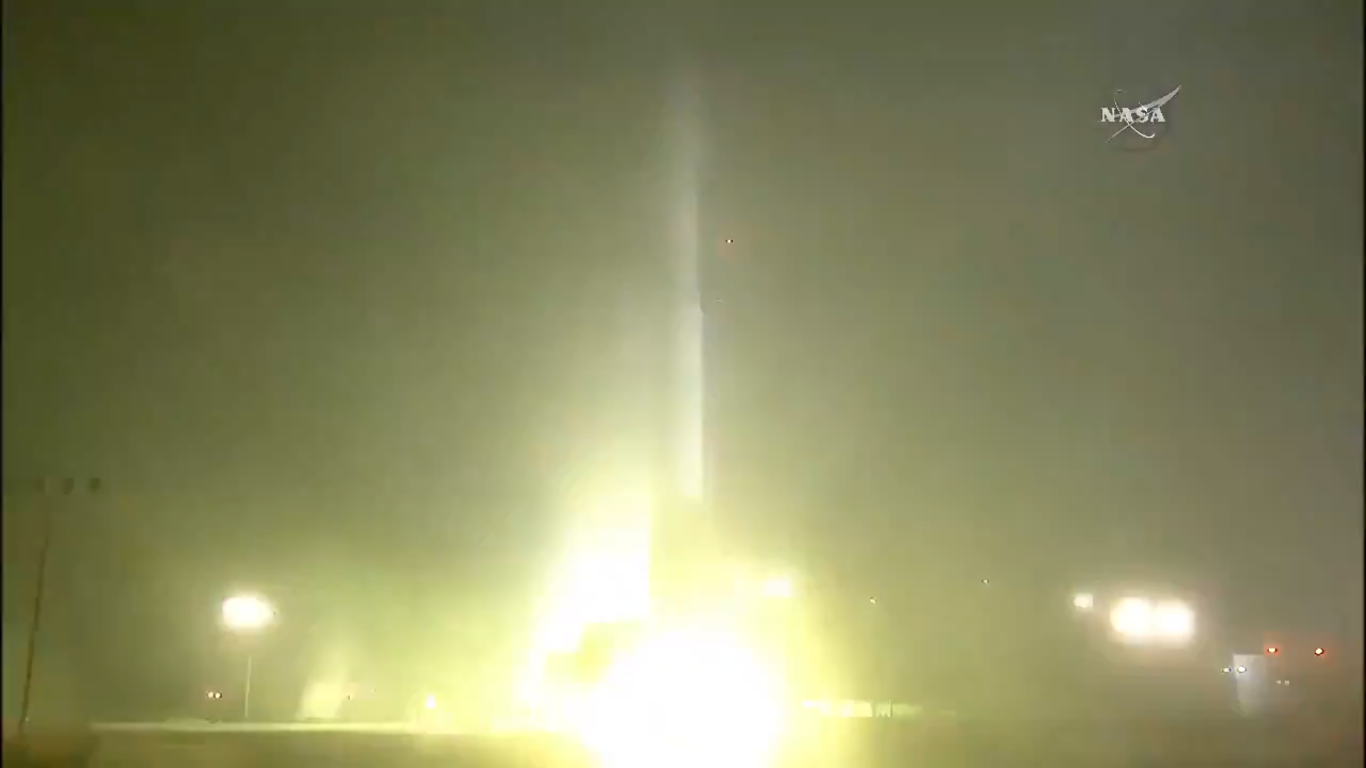
Team Vandenberg launched the NASA InSight Mission to Mars on a United Launch Alliance Atlas V rocket from Space Launch Complex-3E here, Saturday, May 5, at 4:05 a.m. PDT.
Col. Michael Hough, 30th Space Wing commander, was the space launch commander.
“This is our first interplanetary launch to Mars from Vandenberg and this launch not only garnered a lot of outside interest and attention but created many educational opportunities for the wing and our local communities,” said Hough. “We appreciate NASA’s enthusiasm and support that helped us all gain a better understanding of this particular mission we contributed to here at the wing. The entire launch team along with our mission partners to include United Launch Alliance, NASA and Space and Missile Systems Center worked diligently to ensure that this launch was safe and successful.”
NASA Tweeted: LIFTOFF! Humanity’s next mission to Mars has left the pad! @NASAInSight heads into space for a ~ 6-month journey to Mars where it will take the planet’s vital signs and help us understand how rocky planets formed. Watch: https://www.pscp.tv/w/1BdxYRQjdwoKX
On May 5, Saturday, ULA’s Atlas V rocket blasted off from the Vandenberg Air Force Base in California at 4:05 am Pacific time (1105 GMT) carrying the InSight spacecraft to space and thereafter the spacecraft flew on its own to Mars. On Friday, the NASA safety officers said that the foggy weather was the only technical concern ahead of the InSight launch but the usual visibility constraints might be waived and the launch could proceed.
Through this InSight mission, NASA sent a Mars lander to the red planet to study its interior and subsurface and this will, in turn, help the scientists understand the history of our earth as well as the history of our Solar system. The previous robotic missions to Mars concentrated mainly on the surface of the red-planet and its topography. But this InSight mission will look into the deep interior of Mars and will measure the seismic rumblings occurring inside the Red Planet.
LIFTOFF! Humanity’s next mission to Mars has left the pad! @NASAInSight heads into space for a ~6 month journey to Mars where it will take the planet’s vital signs and help us understand how rocky planets formed. Watch: https://t.co/SA1B0Dglms pic.twitter.com/wBqFc47L5p
— NASA (@NASA) May 5, 2018
For the first time ever, the InSight Mars lander will measure the Marsquakes occurring inside Mars. The InSight lander packs a seismometer and a burrowing heat probe and together they will pierce deep into Mars and study its subsurface and will collect information about the wobbles, the quakes, and the heat. The name of the seismometer is Seismic Experiment for Interior Structure or SEIS and it is built by French Space Agency
The main aim of the Insight Mars lander mission is to study the Red Planet in more details so that it will help scientists to better understand the birth of our Earth. Also, the InSight Mars mission is seen as a stepping stone to NASA’s efforts to send people
As per NASA, if everything goes as per the plannings, then the InSight lander will land on the Mars on November 26. Upon arrival at Mars, the InSight Mars lander will spend a dramatic 7 minutes while decelerating from 12,500 mph (20,000 km/h) to just 5 mph (8 km/h) before the touchdown on Martian surface, as informed by Bruce Banerdt, InSight’s principal investigator at JPL






